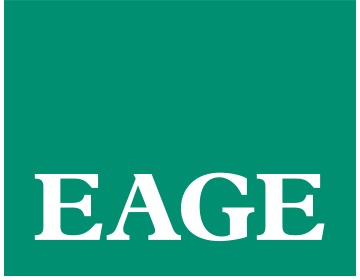From 1 October onwards, our membership fee structure will be updated.
| 2021 | 2022 onwards | |
|---|---|---|
| Regular | €50,-- | €80,-- |
| Retired | €25,-- | €40,-- |
| Student | €25,-- | €25,-- |
Why this increase
It’s been over 20 years since our last increase in membership fees. In recent years, we’ve been introducing new services to our members and community. At the same time, the costs of providing these have increased. As we want to maintain our level of service offered by the association to the community, this membership fee structure is introduced.
The new EAGE fee structure will get into effect from 1 October onwards.
EAGE membership support
We want to keep EAGE accessible to all and appreciate an increase in fees may be difficult for some. For that reason, we are introducing the following provisions:
- Student membership fees will not be increased.
- We are introducing a new element to the EAGE hardship programme. Those unable to afford the membership fees can apply for a 50% discount. New and existing members can apply for this discount. The discount will be available for all types of membership.
Application for this support will be available through the membership renewal process, making the process as easy as possible. - Throughout the remainder of July, we will be offering our (prospective) members the opportunity to secure additional years of membership at the 2021 rates, providing you substantial savings.
If you have any questions regarding EAGE membership or any of the support programmes mentioned, please do not hesitate to get in touch. We can be reached via membership@eage.org.






